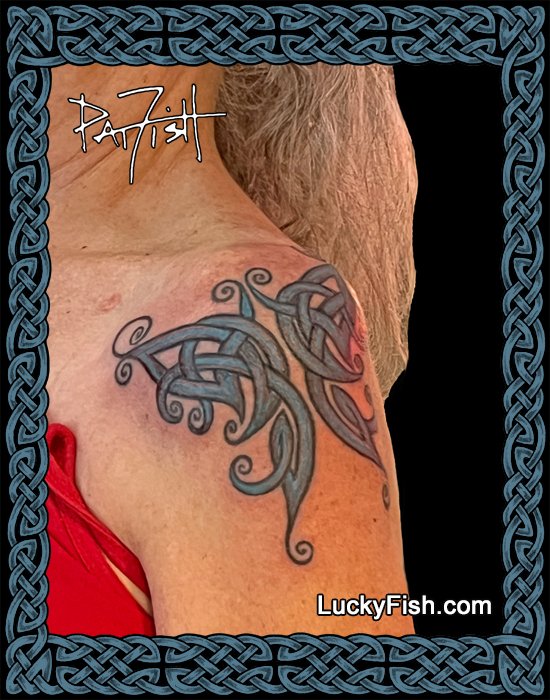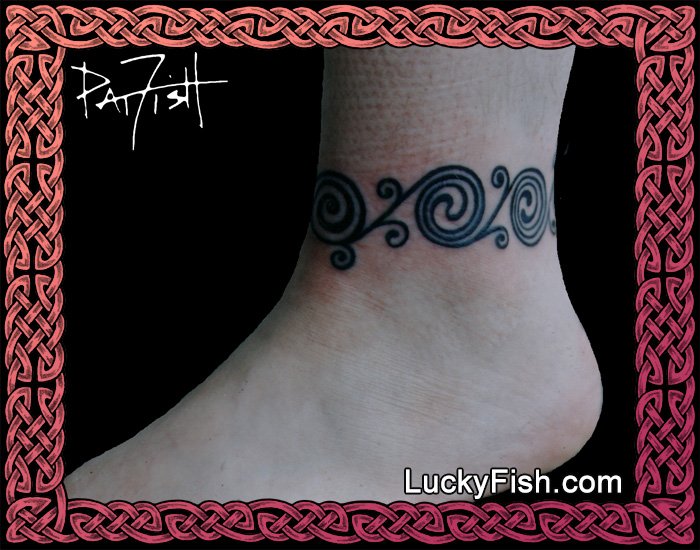Tattoos have been an integral part of human culture for centuries, serving as a canvas for self-expression, cultural heritage, and personal stories. Among the myriad tattoo designs available, the tribal dragon tattoo stands out as a symbol of power, mysticism, and rich cultural history. Let’s delve into the fascinating world of tribal dragon tattoos, exploring their origins, symbolism, design elements, and the enduring appeal that has captivated ink enthusiasts worldwide.
The Origins of the Tribal Dragon Tattoo
Tribal dragon tattoos find their roots in ancient cultures that revered these mythical creatures. The dragon, a potent symbol in many Asian cultures, holds a special place in the mythology of China, Japan, and other East Asian nations. These dragons were not the fire-breathing, menacing creatures of Western folklore but rather benevolent beings representing strength, wisdom, and good fortune.
In China, dragons were associated with the emperor and imperial power. The design of the tribal dragon tattoo often draws inspiration from the Chinese dragon's serpentine form, adorned with intricate scales and sinuous lines that reflect the flow of energy and life. These tattoos often convey the wearer's desire for strength, success, and prosperity.
Meanwhile, in Japanese culture, many dragons were revered as water deities, often depicted evolving from koi fish or surrounded by waves, symbolizing the enduring forces of nature. The Japanese tribal dragon tattoo embraces minimalist design elements, with bold lines and minimal shading to evoke a sense of mystery and power.
Read More



